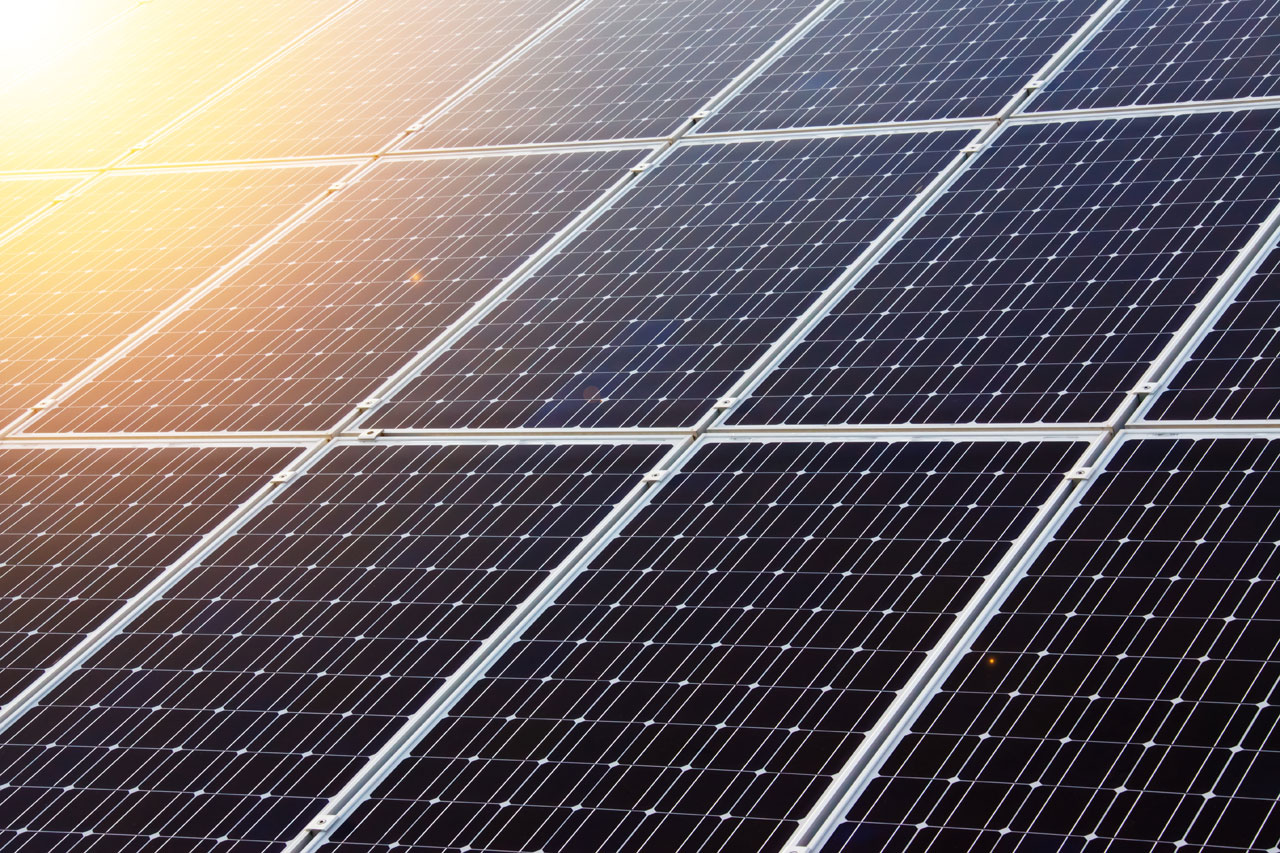Description
Solar power refers to energy that is produced by converting the energy within light to other forms of energy. When people say solar power, they are usually refering to energy that is obtained fro the light provided by the sun. This light is a renewable resource, as it comes from the sun, something that will most likely keep producing this resource long past human lifespans. There are two main ways in which the energy from the Sun's light is utilized, as thermal energy and by being converted to electircal energy. Thermal energy referes to energy in the form of heat, and electrical energy referes to the production of electricity through the use of light. the energy produced through both of these methods of utilizing solar power is used in many ways. some of these iclude being used for temperature control in buildings, electricity to power appliances, producing hot water, and electricity for lighting.
How it Works
The way in which the conversion of solar power into thermal energy works is, most commonly, through the use of a surface that collects heat and a liquid that absorbs and carries that heat. One of the most common ways in which this is done is through the use of flat-plate collectors. These are structures that absorb the energy from solar radiation, which are most commonly made up of a metal plate that has been blackened and covered with one or more layers of glass. These flat-plate collectors absorb the energy from solar radiation and converted into thermal energy. Flat-collectors often have to be very large. This is due to the fact that solar radiation from the sun is very spread out over the surface of the Earth, meaning that a flat-plate collector must cover a considerable amount of surface area to absorb enough. This energy is then transferred to carrier fluids which run along the back of the flat-plate collectors. This carrier fluids can be substances such as air or water, and once they are heated by a flat-plate collector, the thermal energy the fluids contain can be utilized. If the carrier fluid is water, than it may be directly used as a source of hot water, or it may also be stored in insolated containers, which prevent the fluid's heat fro escaping. The thermal energy within the carrier fluid can also be utilized to do such things as provide heat for a building by being circulated through the building, or maybe by providing the heat needed for a steam engine, which cna then produce electricity. There are many other uses for the thermal energy that the sun provides, and many other ways to collect it.


The second main way that solar power is utilized is through it's conversion into eletrical energy. This is done through the use of photovoltaic cells, which convert the enrgy provided by the Sun's light into ann electrical charge. This is done through the use of the photovoltaic effect. This effect occurs when two differing materials, when struck by a type of radiant energy, produce an electrical charge. In the context of photovoltaic cells, this effect is created through, most commonly, the use of two differing crystalene materials, such as silicone, being set next to eachother. When a photon, a particle of light, strikes one of the atoms that makes up the crystals, the electrons within the atom becomes exited. This causes the electron to break free from the atom and, due to the fact that there are two differing materials, the electron moves toward the material that has less resistance to its movement. If the electron that is released fro an atom is already in the material that offers less resistance, than it is likely to stay within that material. Every time a photon strikes an electron and excites it enough for it to break free of the atom it is part of, which is refered to as ionization, this process occurs. When more electrons end up on one side due to uneven resistance, that side gains a negative charge, and as a result, the other side a positive charge. These charges act similarly to a battery and provide the energy that is needed for electricity. Most Photovoltaic cells that facilitate this process have an energy effecieny of about 15% to 20%, which means that the amount of electricity they produce is very low. This is why large numbers of photovoltaic cells are put together to form solar panels. With large amounts of photovoltaic cells, usable amounts of energy my be produced.
Statistics
| Year from 2012 to 2020 | Solar Energy Consumption in Trillion Btu |
|---|---|
| 2012 | 7.288 trillion Btu |
| 2014 | 16.549 trillion Btu |
| 2016 | 26.085 trillion Btu |
| 2018 | 48.551 trillion Btu |
| 2020 | 65.948 trillion Btu |